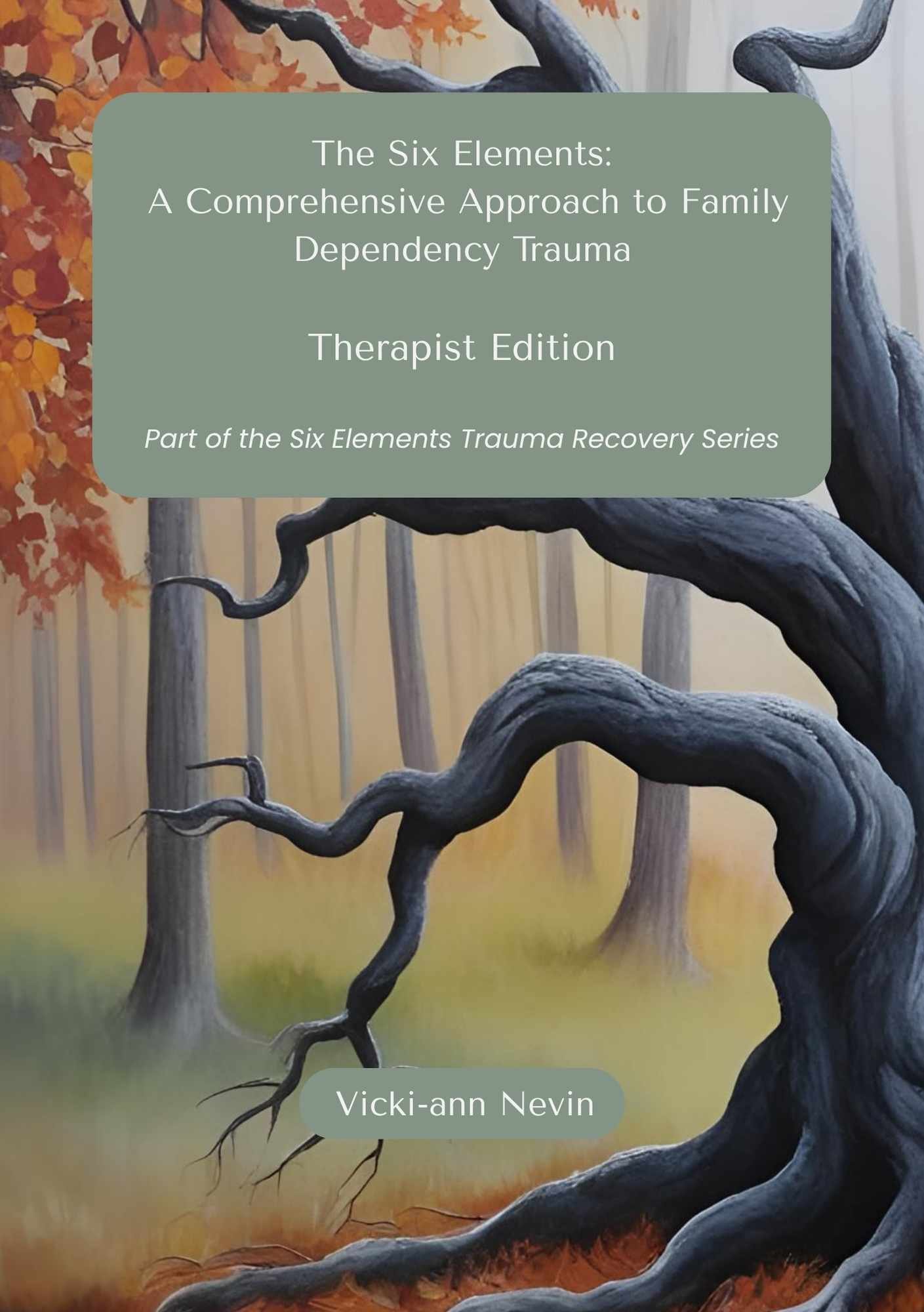Dependency and Family Rules: A Therapist's Guide
Working with our clients to break the unhelpful family rules
We can work with them to create new family rules so they have a fuller life.
As therapists, we know that every group, whether a workplace or a family, operates according to a set of unspoken rules. These norms help maintain order, foster connection, and create a sense of safety. However, when a family is affected by a parent’s or caregiver’s dependency on substances or processes, these rules can shift dramatically. Instead of nurturing growth and wellbeing, they become strategies for survival.
For clients who have grown up in such environments, these hidden rules can shape their worldview and relationships well into adulthood. Recognising and addressing these patterns is essential for meaningful therapeutic work.
The Three Rules That Govern Families Living with Dependency
While all families have rules to help things run smoothly, in families where dependency is present, the rules often become rigid and unspoken. They are rarely discussed openly, but their influence is powerful and enduring. These are the three core rules therapists often encounter:
1. Do Not Speak
In families affected by dependency, silence is often the loudest presence in the room. Children and adults alike learn not to talk about what is really happening-the missed meals, the unpredictable moods, or the parent who is unable to meet basic needs. The dependency itself becomes the topic that is never mentioned, even though it shapes every interaction.
This enforced silence can make it difficult for clients to voice their experiences, both in and out of therapy. If you are seeking ways to help clients break this silence and reclaim their voice, the Neutralising Hidden Rules workbook offers practical guidance and exercises.
2. Do Not Trust
Trust is the foundation of healthy relationships, but in families where dependency dominates, trust is often the first casualty. Promises are broken, secrets are kept, and reality is frequently denied. Children quickly learn to rely only on themselves, leading to deep feelings of loneliness and isolation that can persist into adulthood.
Supporting clients to rebuild trust-first in themselves, then in others-is a delicate process. The Neutralising Hidden Rules workbook provides step-by-step strategies to help clients safely explore and restore trust.
3. Do Not Feel
To cope with chaos and unpredictability, many children in these families learn to suppress their emotions. Feeling nothing becomes a way to get through each day. Over time, this emotional numbness can become a default setting, making it challenging to connect with feelings or express them in healthy ways.
Helping clients reconnect with their emotions is a vital part of healing. The Neutralising Hidden Rules workbook includes tools and activities designed to gently support this process, empowering clients to experience and express their feelings safely.
Moving Towards Healing: Rewriting the Rules
The legacy of these hidden rules-do not speak, do not trust, do not feel-can be profound. Yet, as therapists, we have the opportunity to support clients in challenging these patterns and building new, healthier ways of relating to themselves and others.
These rules may have once served a purpose, but they are not set in stone. With awareness, support, and the right resources, clients can learn to speak their truth, rebuild trust, and reconnect with their feelings.
If you are looking for practical, evidence-based tools to guide your clients through this process, the Neutralising Hidden Rules workbook is designed specifically for therapists like you. It offers clear frameworks, reflective exercises, and actionable steps to help clients transform these survival strategies into new pathways for growth and connection.
Supporting our Clients
Take the next step in supporting your clients-discover how this workbook can enhance your therapeutic practice and foster lasting change.


